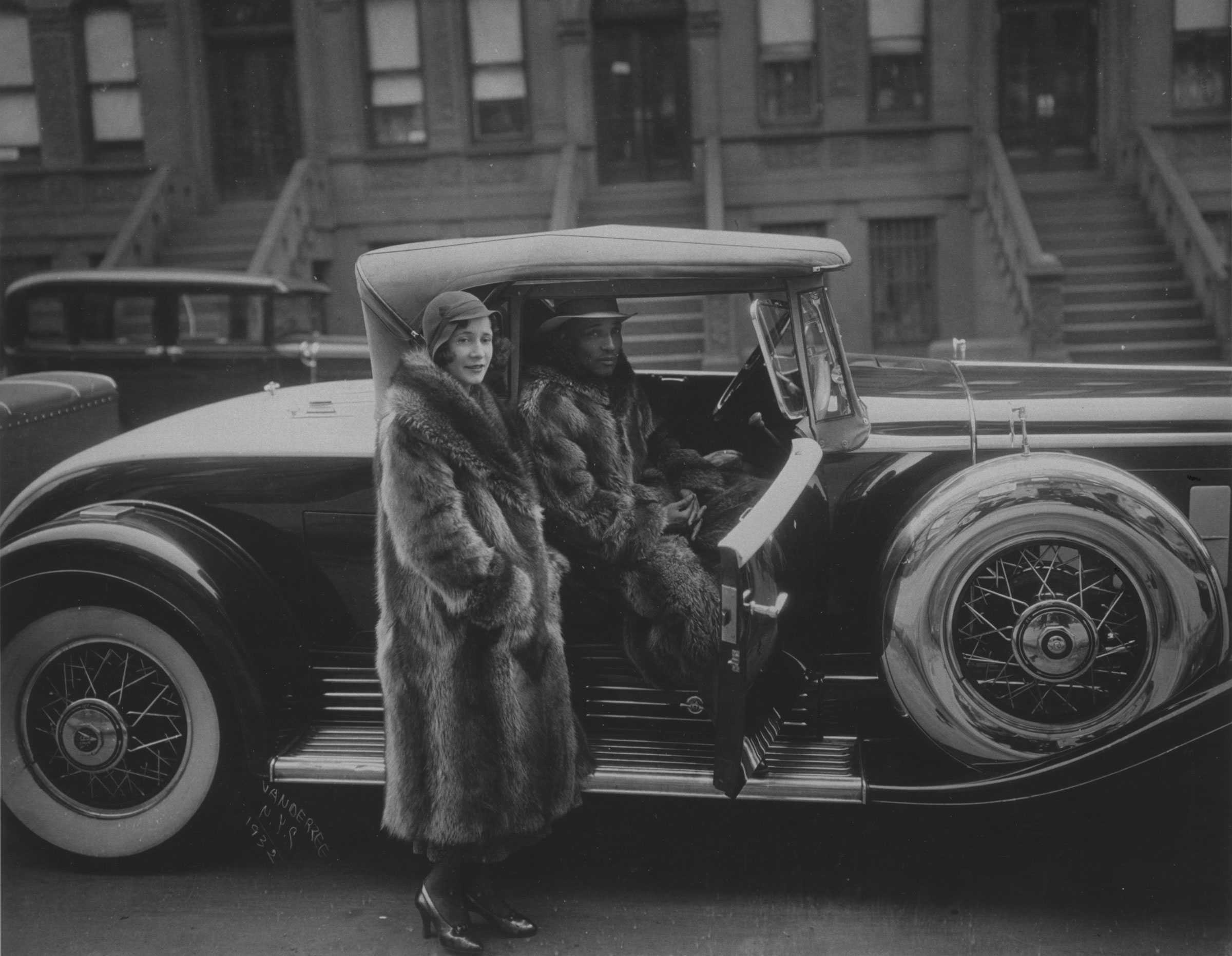Chapter 6
Navigating a Segregated Reality
Segregation did not stop African Americans from building vibrant communities. Black Americans did the same things most Americans did—they visited with friends and family, organized social functions, went to the beach, and attended church. Though segregated, the worlds they built provided a safe haven from insults, mistreatment, and violence.
During the First and Second World Wars, many African Americans developed a new cultural consciousness. After having defended democracy abroad, many returned seeking to defend their rights as American citizens and were committed to change. This new spirit was sometimes referred to as the “New Negro.” Many white Americans resented this change and fought to maintain the racial and social status quo. Mob violence and race massacres against Black communities swept the nation.
The New Negro
Young women at Griffith Stadium in Washington, D.C.
Hubert Henry Harrison
Hubert Henry Harrison published The New Negro, a magazine that vigorously protested lynching and riots. The name of Harrison’s publication evolved into a broader term meaning racial pride, resistance to oppression, and the rejection of white stereotypes of African Americans.
Harrison was born on the island of St. Croix in the Caribbean. After immigrating to New York City, he founded a militant organization devoted to racial equality—the Liberty League. Harrison eventually aligned with Marcus Garvey and became editor of Garvey’s newspaper, Negro World.
Couple, Harlem, 1932.
“New Negroes” in Cities
This photograph by James Van Der Zee captured the spirit of the “New Negroes” in New York City and other parts of the country.
Alain Locke and the New Negro
Alain Locke
The New Negro: Voices of the Harlem Renaissance
Alain Locke mentored young African American writers and artists and helped publish their work. He urged African American artists to draw upon their African roots, African American subjects, and their own history for inspiration. His anthology The New Negro is a manifesto of the New Negro Movement. It helped spark a renaissance in Harlem and other cities, launching the careers of many African American artists.
Artists of the Harlem Renaissance
As African Americans moved to northern and midwestern cities in the 1910s—a phenomenon called the Great Migration—the Harlem Renaissance became the first major Black arts movement in American history. A period of creativity and culture, artists—especially those in New York City—began celebrating Black heritage and self-expression. Writers, musicians, and artists sought ways to challenge racial stereotypes in their art and activism.
The Cotton Club
The Cotton Club, 1937
The Cotton Club was located in the heart of Harlem and operated by Owney Madden, a white bootlegger. Generally, only white patrons were allowed, but the club’s staff was predominantly Black.
With the Cotton Club’s decor, menus, and elaborate performances, Owney created an exotic atmosphere for his patrons. Duke Ellington, Ethel Waters, Cab Calloway, and other important musicians played there, and the Cotton Club launched the careers of many singers, dancers, and comedians.
Voices of Protest and Resistance
Speaking out against injustice was a vital part of the spirit of the New Negro. Individuals and organizations demanded change and full citizenship rights for African Americans. Though there were differences in approach to reaching these goals, there was unity in believing that change was immediately needed. African Americans believed that if the United States was to truly serve as a symbol of freedom, then freedom must also flourish at home.
The Rise of Marcus Garvey
Marcus Mosiah Garvey Jr.
Jamaican-born Marcus Garvey was a political leader, journalist, and orator who immigrated to New York City in 1916. Garvey advocated Pan Africanism, which encouraged worldwide economic and political solidarity among African-descended peoples. To spread his ideas, Garvey founded the Universal Negro Improvement Association (UNIA) and a newspaper, Negro World. Believing that African Americans should return to Africa, he also created the Black Star Line, a shipping company that sought to bring African Americans to Africa and promote economic trade.
The Commission on Interracial Cooperation
Southern Women and Race Cooperation
Organized in 1919, the Commission on Interracial Cooperation opposed lynching, mob violence, and convict labor. The commission did not directly challenge segregation but sought to educate white southerners about the worst aspects of racial abuse. Racial communication and interaction were important themes for the organization.
Related Exhibition
Mary McLeod Bethune and the National Council of Negro Women
Mary McLeod Bethune founded the National Council of Negro Women (NCNW) in 1935, uniting 28 different African American women’s organizations. As an organization of organizations with a “Unity of Purpose and a Unity of Action,” the NCNW fought for improved national and international racial conditions, especially for women and their families.



Religious Responses to Racial and Social Challenges
18th Annual Convocation, United Holy Church of America
In the early 1900s, and especially during the Great Depression, African American religious organizations had two main goals: to provide spiritual guidance and inspiration and to offer practical advice and assistance. Some groups provided food, shelter, and training. Others offered economic strategies for financial success.
Related Exhibition
“Do for Self”: The Nation of Islam’s Economic Program
W. Fard Muhammad founded the Nation of Islam in Detroit in 1930. Four years later, Elijah Muhammad succeeded W. Fard Muhammad as the group’s leader. Elijah Muhammad oversaw the operation of schools, religious centers, businesses, and a newspaper, Muhammad Speaks. The group believed that African Americans should return to Islam and “teach the downtrodden and defenseless Black people a thorough Knowledge of God and of themselves, and to put them on the road to Self-Independence.”



